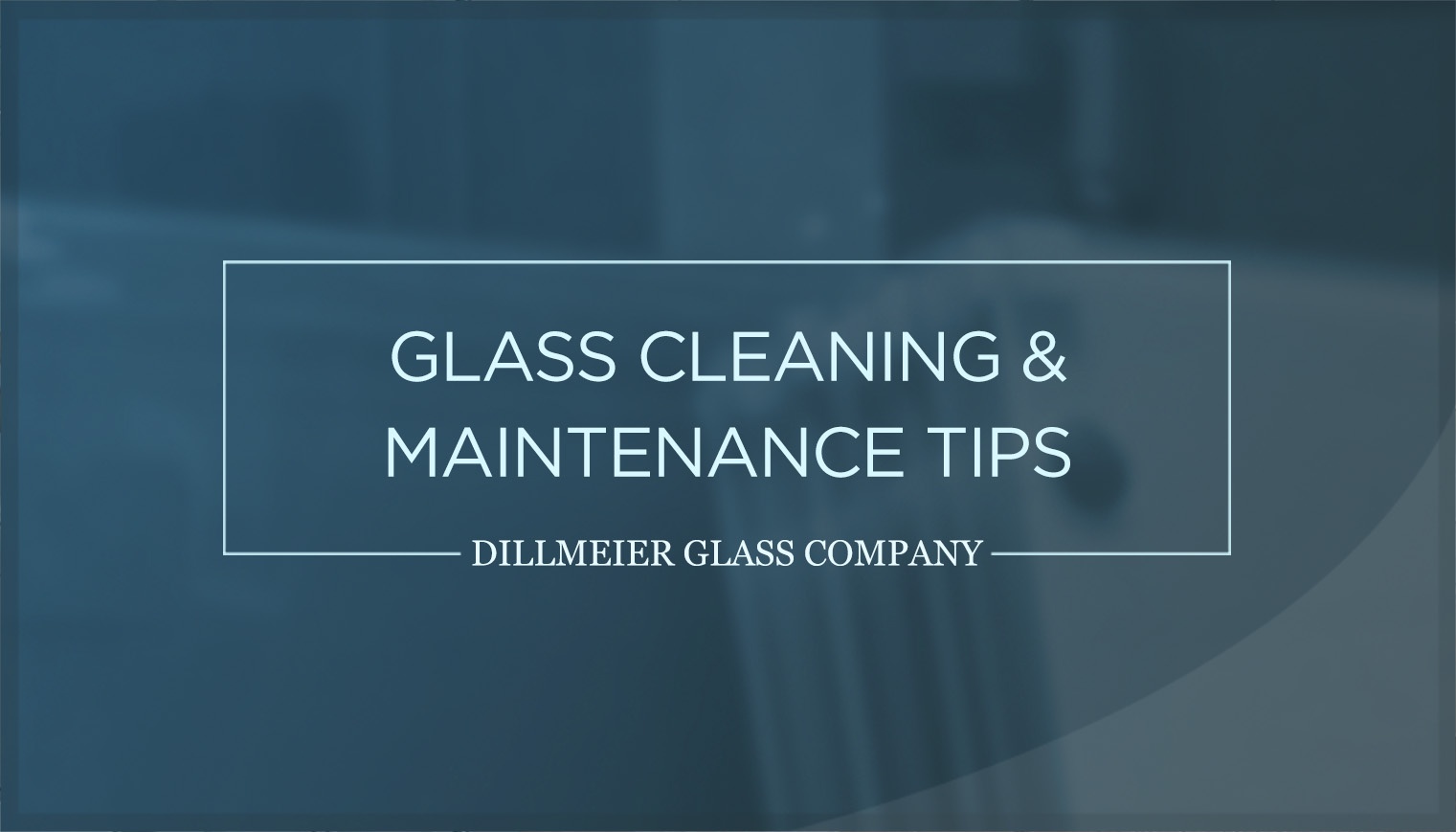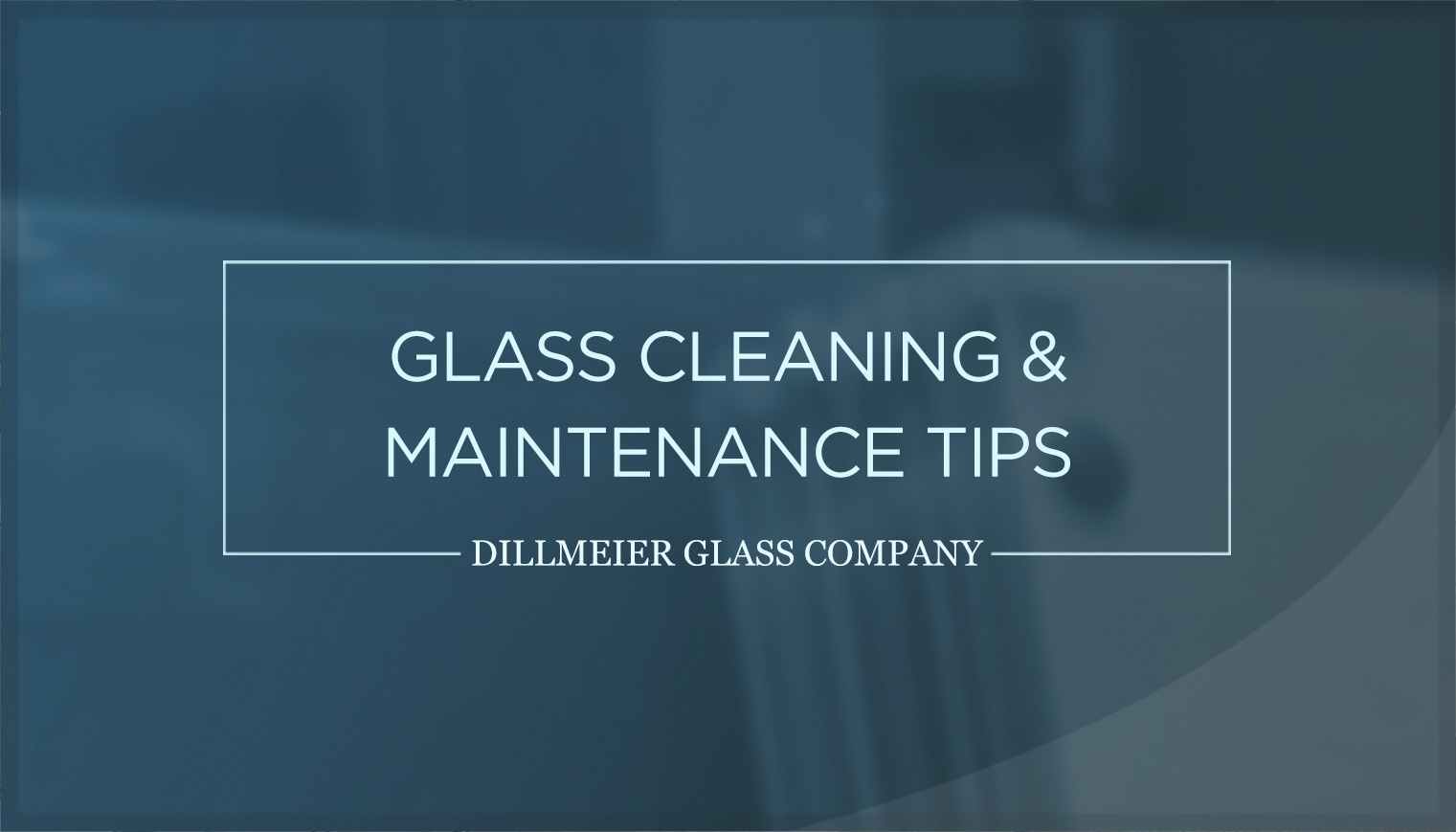Glass Cleaning & Maintenance Tips

 Whether it's the interior glass of an office, hotel, retail store or sports arena, all surfaces must be cleaned correctly pre-installation, and well-maintained afterwards, to avoid damage. Therefore, understanding the standard protocol for cleaning glass products—including walls, partitions, windows and display cases, among others—is important.
Whether it's the interior glass of an office, hotel, retail store or sports arena, all surfaces must be cleaned correctly pre-installation, and well-maintained afterwards, to avoid damage. Therefore, understanding the standard protocol for cleaning glass products—including walls, partitions, windows and display cases, among others—is important.
The Glass Association of North America (GANA) and International Window Cleaners Association (IWCA) teamed up to create a guide of key cleaning tips and techniques.
A joint 2016 bulletin titled Proper Procedures for Cleaning Architectural Glass Products shares some advice on how to proceed when cleaning glass.
These glass cleaning maintenance tips include:
-
The process will take less time and effort if you regularly “soak the glass surface with a clean water and soap solution to loosen dirt and debris.” The more time you wait in between washings, the harder it will be to get the glass clean. This should be the first thing you do.
-
Completely rinse the glass and make sure it’s free of all dirt and debris before you pick up a cleaning solution. If you just spray the cleaner on the glass without rinsing it, all you will do is move the dirt around—not actually clean it. You may even scratch the material as a result.
-
Utilize non-abrasive cleaning products. Failing to do so could potentially damage the glass, whether it’s insulating, laminated, decorative, or any other type of glass.
-
Opt for a “window-cleaning squeegee to remove all of the cleaning solution” you use on the glass. Such an item can effectively wash the product without causing damage.
-
Pay extra-close attention when “cleaning coated glass surfaces.” You may incidentally remove the coatings and damage the material. This is especially important to keep in mind regarding reflective and tinted glass products.
-
Refrain from using metal blades or knifes on a glass product. This is because it may scratch the surface.
-
Continuously check the glass throughout the process to make sure there isn’t any damage. Remember to take your time—rushing through the process will only increase the chances of something going wrong.
-
Make sure all “water and cleaning residue” does not remain on the glass. You want it to be completely clean when you finish!
Keep in mind that most interior glass products in commercial applications have gone through the tempering process.
This is because tempered glass is safety glass. It’s been through a heat-treatment process that makes it significantly stronger than untreated glass, enabling it to withstand various stresses and pressures without shattering into sharp pieces and risking the safety of people nearby. Inherent in this process is an acceptable level of wave distortion and microscopic imperfections.
As another guide by GANA from March 2008 further explains:
“Heat-treated glass may have slight surface markings, roller waves or overall bow resulting from the soft glass riding on the ceramic rollers,” it states. “The glass also may have microscopic particles adhering to one or both surfaces.”
However, that doesn't mean the glass is defective.
“These surface conditions do not threaten the visual nor structural integrity of the product, and are not reason for rejection of glass under the ASTM consensus standards,” states GANA in its bulletin, Heat-Treated Glass Surfaces Are Different.
Heat-treated and tempered architectural glass products require more attentiveness when being cleaned due to such surface changes. You may mistake the imperfections as dirt and, ultimately, scratch the material.
GANA continues:
“This difference in ‘feel’, between annealed and heat-treated glass, can lead to issues during cleaning of the glass, as glass cleaning workers attempt to remove microscopic particles.” As a result, you “may attempt to scrape particles that can be felt, but not seen, and very often end up scratching and chipping the glass surface.”
Knowing the glass is likely tempered before you start cleaning can help you avoid such an occurrence from taking place. Refraining from using any harsh chemicals is also important, as mentioned in the list above.
Further, when assessing the current state of the glass in question, utilize the power of the sun. According to the aforementioned 2016 bulletin:
“Daylight conditions are needed to properly evaluate a glass surface for damage. Scratches that are not easily seen with a dark or gray sky may be very noticeable when the sun is at a certain angle in the sky or when the sun is low is the sky.”
Part of making sure glass stays in pristine shape is ordering from a reputable glass fabrication and manufacturing company. Otherwise, you may start off with a product that has scratches and additional flaws due to careless manufacturing or shipping practices.
The Dillmeier Glass Company has been fabricating commercial interior glass products since 1933. Contact Us Today to learn more about what we can do for you.


